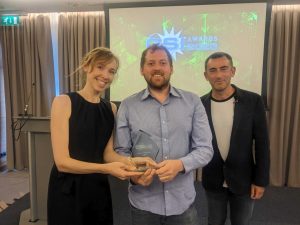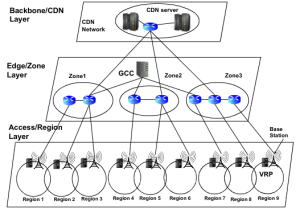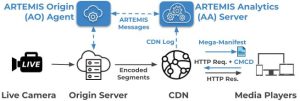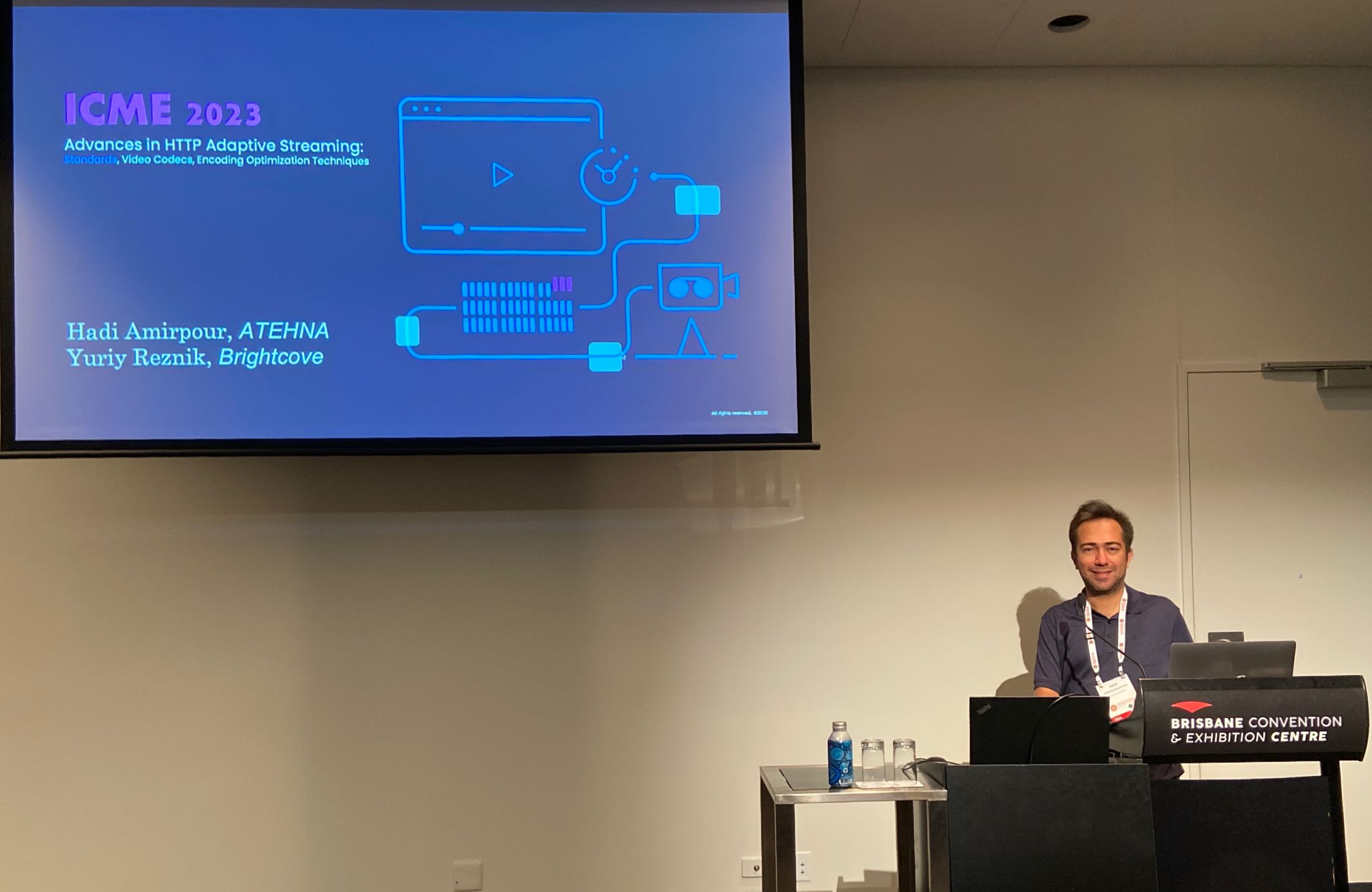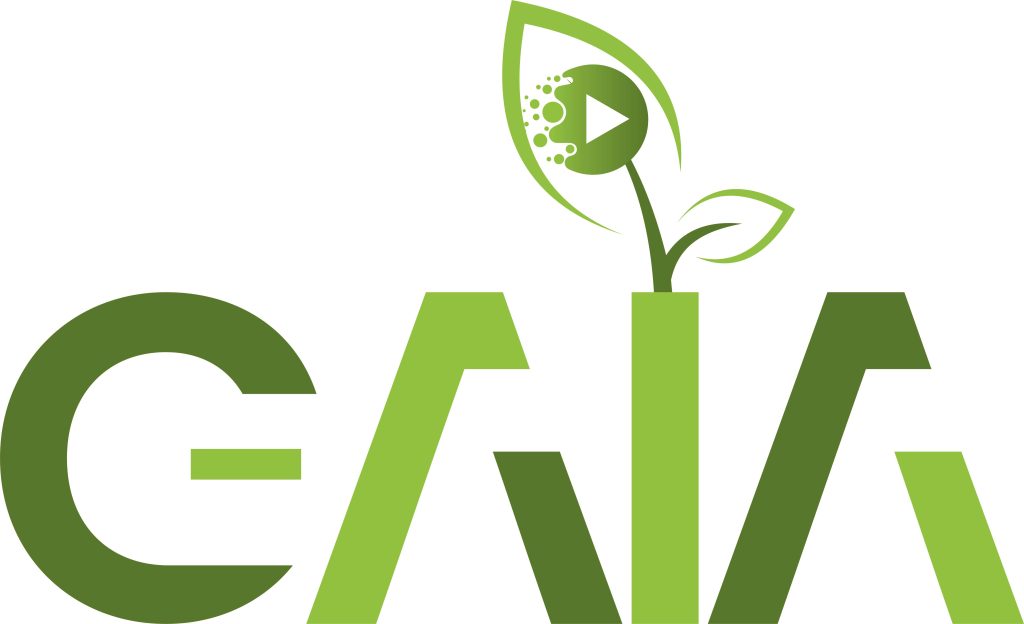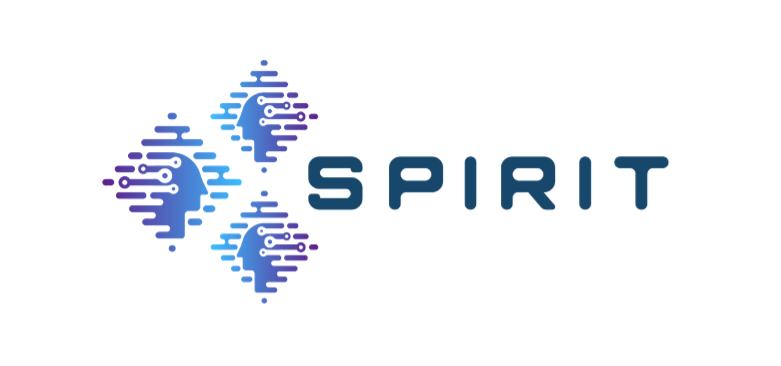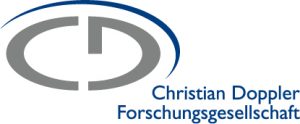IEEE Network Special Issue on
Advancements in Network-Assisted Video Streaming: Optimization and Performance Analysis
Download CfP
Call for Papers
Network-assisted video streaming has become a substantial part of modern multimedia applications, enabling users to access high-quality video content over different networks, including the Internet and wireless networks. Efficiently delivering video content over networks poses numerous challenges, such as limited bandwidth, varying network conditions, heterogeneous end devices, and diverse user preferences. Network-assisted video streaming approaches leverage modern networking technologies, such as Software-Defined Networking (SDN), Network Function Virtualization (NFV), and edge computing, to not only improve the users’ Quality of Experience (QoE) but also enhance network utilization.
This special issue aims to explore the latest advancements in network-assisted video streaming, with a specific focus on optimization techniques and comprehensive performance analysis, by exploring emerging trends and innovations, including novel approaches that leverage Artificial Intelligence (AI) techniques, machine learning algorithms, and data-driven optimization methods to enhance the streaming experience. Furthermore, contributions related to the integration of edge computing, Virtual Reality (VR), Augmented Reality (AR), and volumetric video streaming will be welcomed. Since understanding the performance of network-assisted video streaming systems is important for assessing their effectiveness and identifying areas for improvement, the research articles should cover both experimental and theoretical aspects, utilizing real-world datasets, simulation frameworks, analytical models, and conducting real-world experiments.
The research and advancements of this special issue will have a significant impact on the design, implementation, and operation of video streaming systems. The findings will provide valuable insights to network operators, content providers, researchers, and developers, enabling them to optimize their systems for enhanced user experience. Additionally, the knowledge gained from this special issue will contribute to the development of standards and best practices for network-assisted video streaming, benefiting the broader multimedia community. IEEE Network, the flagship magazine on networking technologies, is a perfect venue for publishing this special issue. We believe that our special issue covers a number of key aspects and emerging topics that are of interest to the readers of the IEEE Network.
This special issue is to publish original research and review articles that should be comprehensive to all readers of the IEEE Network Magazine, regardless of their specialty. This SI aims to bring together researchers and developers working on all aspects of video streaming, in particular network-assisted concepts backed up by experimental evidence. Potential topics include but are not limited to the following:
- Design, analysis, and evaluation of network-assisted multimedia system architectures
- Using AI/ML at the network edge and the cloud for supporting video streaming
- AI/ML-enabled caching of video chunks
- Network-assisted/AI-based resource allocation for video streaming
- Experience and lessons learned by deploying large-scale network-assisted video streaming
- Internet measurement and modeling for enhancing QoE in video streaming applications
- Network aspects in video streaming: cloud computing, virtualization techniques, network control, and management, including SDN, NFV, and network programmability
- Topics at the intersection of energy-efficient computing and networking for video streaming
- Machine learning for improving QoE in video streaming applications
- Machine learning for traffic engineering and congestion control for video streaming
- AI/ML-based solutions for supporting streaming applications’ high-speed user mobility
- Big data analytics at the network edge to assess viewer experience of adaptive video
- Advanced network-based techniques for point clouds, light fields, and immersive video
- Using AI/ML techniques for optimizing Interactive Streaming and User-Generated Content
- The tradeoff between QoE enhancement and network overhead: AI approaches
- AI/ML-based techniques for live streaming in 5G and 6G networks
Submission Guidelines
Manuscripts should conform to the standard format as indicated in the “Information for Authors” section of the Paper Submission Guidelines. All manuscripts to be considered for publication must be submitted by the deadline through the magazine’s Manuscript Central submission site. Select “May2024/VideoStreaming” from the drop-down menu of Topic titles.
Important Dates
- Manuscript Submission Deadline: 31 October 2023
- Initial Decision Notification: 31 December 2023
- Revised Manuscript Due: 31 January 2024
- Final Decision Notification: 28 February 2024
- Final Manuscript Due: 15 March 2024
- Publication Date: May/June 2024
Guest Editors
- Farzad Tashtarian, Universität Klagenfurt, Austria (farzad.tashtarian@aau.at)
- Yao Liu, Rutgers University, USA (yao.liu@rutgers.edu)
- Müge Sayıt, Ege Üniversitesi, Turkey (muge.sayit@ege.edu.tr)
- Junchen Jiang, University of Chicago, USA (junchenj@uchicago.edu)
- Gwendal Simon, Synamedia, UK (gsimon@synamedia.com)
- Christian Timmerer, Universität Klagenfurt, Austria (christian.timmerer@aau.at)

